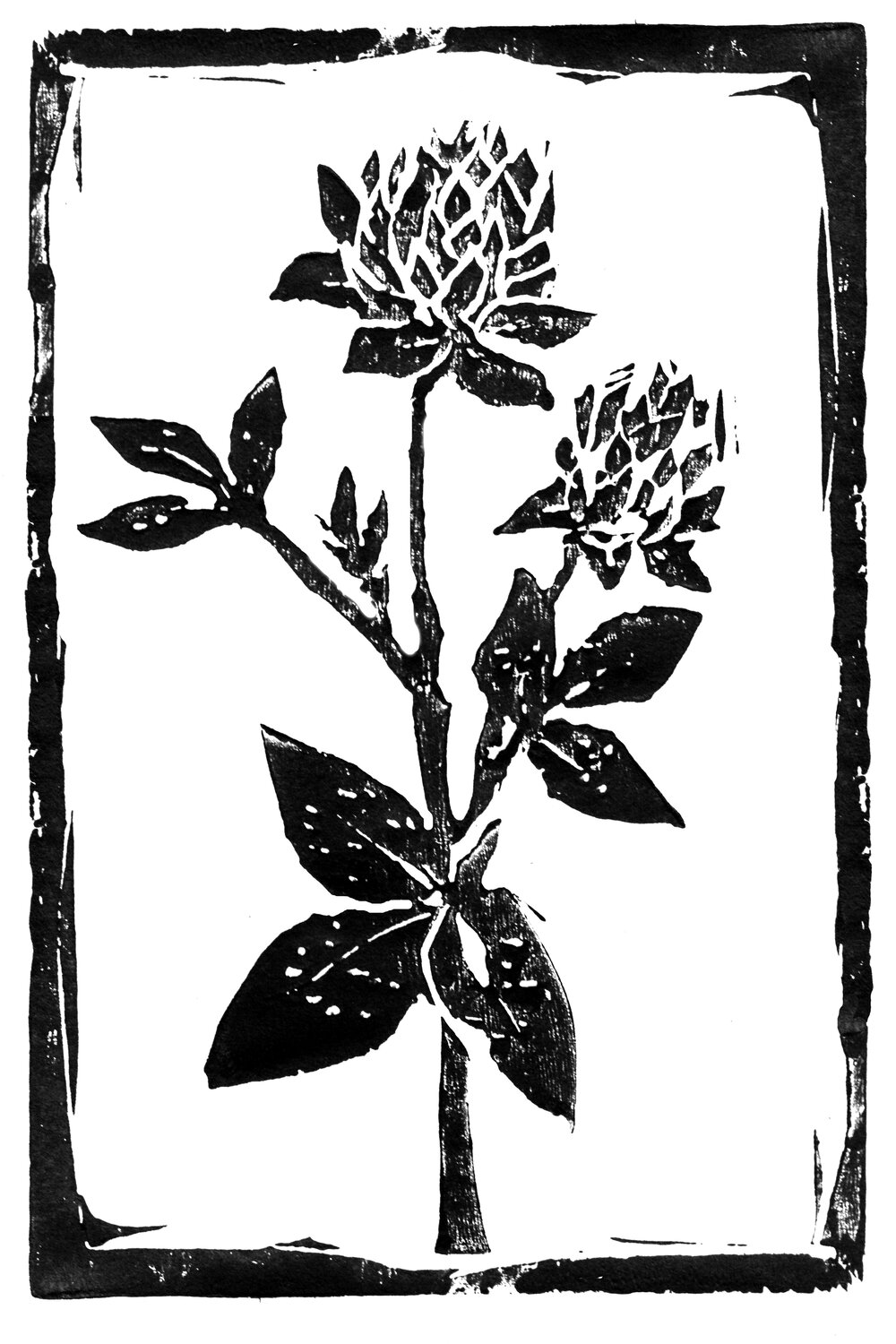Today I spent several hours working on the fences for three pigs.
These three pigs are our boar (the daddy pig) and our two sows (the mom pigs). The boar is arguably only useful two days out of 365. The sows work hard for a few weeks a year, when their piglets are nursing. The rest of the year, these are animals that we have to feed and water every day, and maintain their fences lest they go wandering. Many small- and large-scale pork producers opt to not maintain breeding stock (as they are called) on the farm, and rather buy in weaned piglets from other farms. It’s tough to make a profit with an on-farm breeding program. Yet we continue with our farrow-to-finish operation - where the pigs we raise are born here on the farm, and spend every day of their lives here, on our land, moving through our pastures.
As I worked on the fence for these three pigs, I thought about all the other things I could be doing (weeding! bookkeeping! marketing! etc. etc.), and how this job was the one I had prioritized. I know I made the right call. Those gals (and guy) needed some fresh grass. Parts of their fence were sagging. It was time.
What I also thought about was why that job existed on this farm in the first place. It would be easy to abandon the breeding program, to buy in piglets, raise them to slaughter size, and sell them. But that’s not what feels best. If I’m going to be eating pork, I want to know that pig had an awesome life. I want to know what its childhood was like. Maybe this makes me a weirdo, but it’s what I want, and it’s what I have with my pigs. We are there the day the babies are born. We are the ones responsible for weaning them when they are big enough. We are there to feed them every day, and to complain when they bust through the fence and go wandering. I know these pigs like I know my own child. I know the individuals who like to be scratched behind the ears, and those that prefer to not be touched. I know that one tubby boss who lays down in the feed trough every day and blocks his siblings from their breakfast. I wouldn’t have it any other way.
The only change I would make is that I would like it to make money to raise animals this way. I’d like to be fairly compensated for my time. I’d like to feel like I’m not tempted to cut corners in order to see profit on this venture. I’d like for my prices to not be questioned. It costs more to raise animals outdoors, with fresh air, without a “lagoon” for their “waste” to collect in. Guess what - our pigs’ poop is a valuable component of our soil fertility program. We want their poop, right where it lands. It’s not a waste product. It’s not toxic to our neighbors, it’s not polluting our local waterways and causing dead zones in the ocean. But consumers need to pay attention to more than just flavor. They need to pay attention to the consequences of their eating and their diet choices.
Our way of raising pigs is far from perfect, but today, while I was working in the sunshine, the contented grunts of sows in a wallow filling my ears, pollinators working hard on the late season flowers in the pasture, it felt pretty close.
I hope that all the pork eaters out there can think about the life of the pig they’re eating and feel content. I hope that if you stop and consider the environmental impacts of the meat that you cook in your kitchen, that you have a clear conscience; that if you consider the lives of the humans who interacted with that animal, that you feel their working environment is safe and healthy; that if you consider the life of that animal, that the way it spent its days seems good to you.

